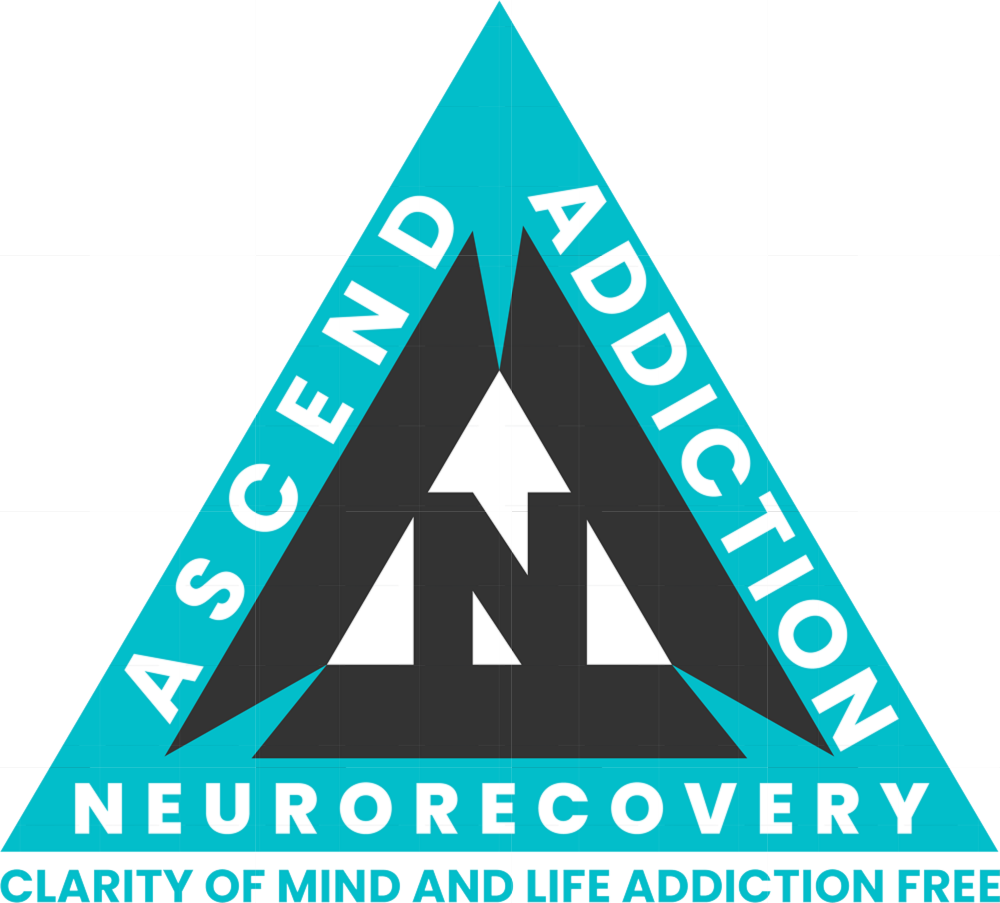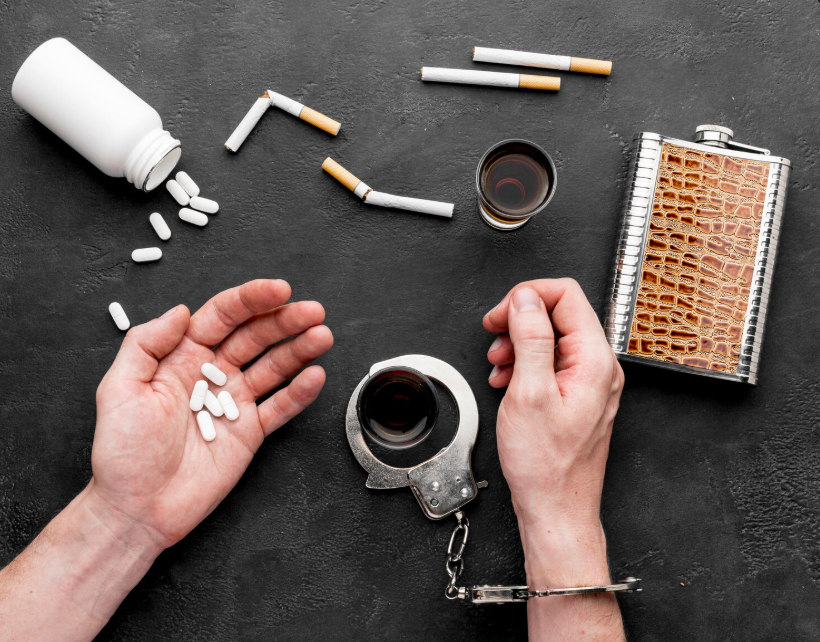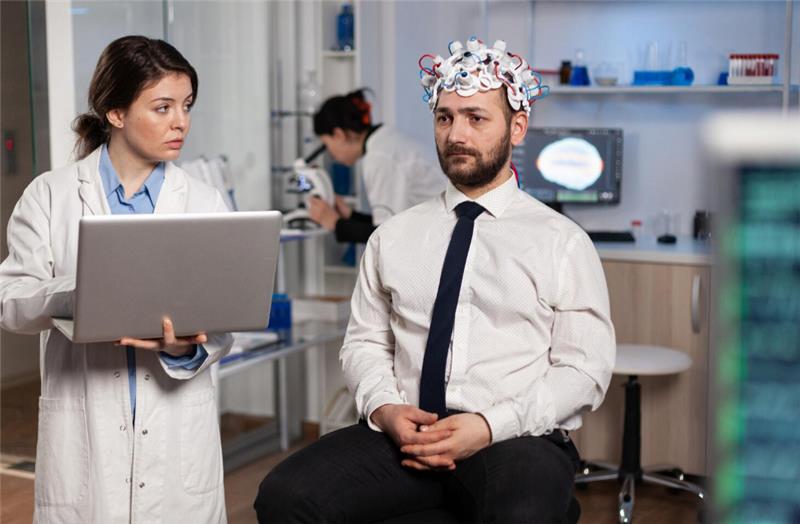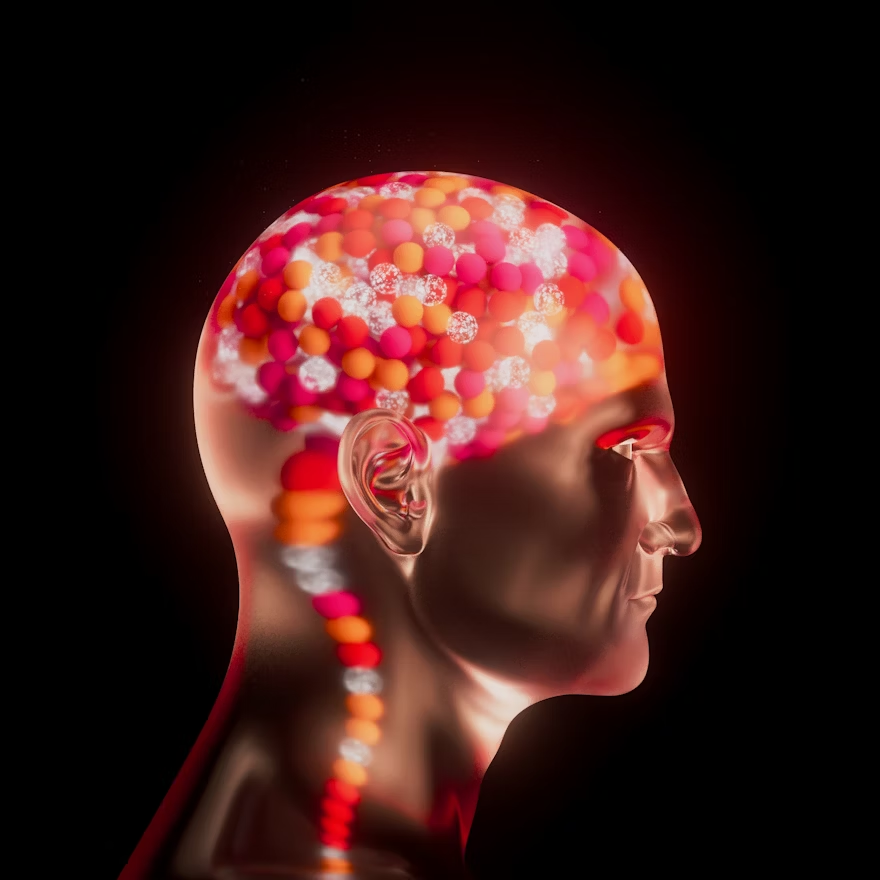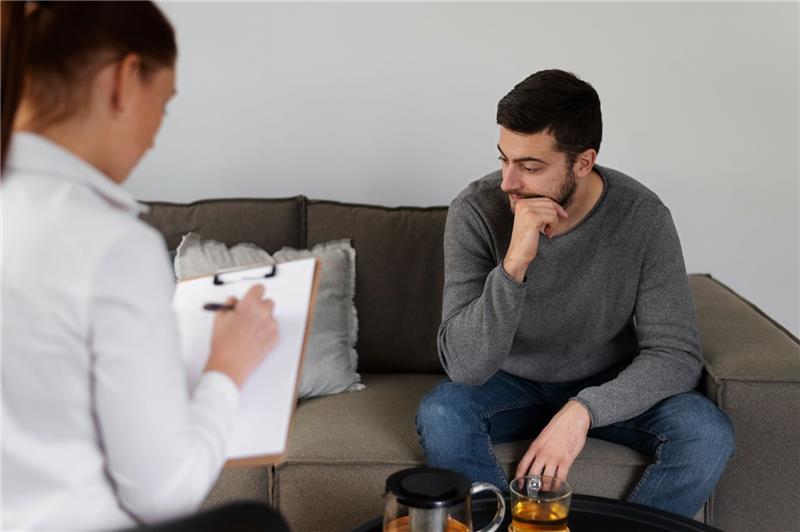Introduction: When Cravings Come Calling
You’re familiar with the feeling. You’re going about your day, minding your own business, when suddenly it hits you. Perhaps it’s the smell of something familiar, a sudden rush of stress, or simply a strange sense of emptiness sneaking in. Suddenly, there’s an impulse. A craving. A gentle murmur that says, “Just once won’t hurt,” or “You deserve this.”
Whether you’re recovering, attempting to cut back, or simply becoming more conscious of how your habits work, cravings and triggers are part of the picture. They can also feel unstoppable, as if they appear at the worst conceivable times with perfect timing.
But here’s some good news: you don’t have to be at their mercy. Cognitive Behavioral Therapy (CBT) is a proven approach for reclaiming control of your life. There’s no shame or judgment — just practical tools for everyday situations. Because, while you can’t always resist temptation, you can learn to outsmart it. So, let’s look at how CBT makes this possible.
1. What Are Triggers and Cravings, Really?
Not Just “Weak Willpower”
Let’s be clear: having a craving does not make you weak. It makes you human.
A trigger is anything that arouses the desire to use—an emotion, a memory, a person, or even a song. Triggers can be both external (a party, a distressing text) and internal (loneliness, anxiety, boredom). They slide in subtly and then activate the old neural pathways that link discomfort with escape.
On the other hand, cravings are the brain’s conditioned response. It is learned over time: “When I feel X, doing Y gives me relief.” So, when the trigger occurs, the craving follows.
Consider a craving to be a false fire alarm. It feels urgent, but it is not necessarily based on an actual emergency. Therefore, CBT helps you check the batteries, assess the wiring, and decide whether to escape.
2. How Cognitive-Behavioral Therapy (CBT) Sees the Cycle of Addiction
The Loop That Keeps You Stuck
CBT breaks down addiction into a simple yet effective triangle: Thought → Feeling → Behavior.
For instance, let’s say your employer criticizes your job.
- Thought: “I am a failure. I constantly make mistakes.”
- Feeling: Shame, anxiety, and possibly annoyance.
- Behaviour: The urge to drink, use, or escape.
It’s a cycle: the trigger prompts a thought, which elicits a sensation, which leads to a behavior—usually one that provides brief relief but causes long-term harm. Then follow the consequences, the remorse, and the realization that “I messed up again.” And you keep going around.
CBT allows you to step into that loop, discover the weak link, and then alter the outcome. Not overnight. But this process is done consistently.
3. CBT Tool #1: Spot the Trigger, Name the Thought
Awareness Is the First Power Move
What’s the first step? Slow down the autopilot. When a craving occurs, Cognitive-Behavioral Therapy (CBT) asks:
- What has just happened?
- What am I thinking now?
- Is this true? Is it helpful?
Assume you walk past an old hangout. Your mind lights up: “I miss the good times.” Boom—craving is activated. Instead of pursuing it blindly, you pause and identify it.
Try this:
Maintain a thought journal. When something triggers you, write it down. What were you doing? What were your thoughts? How did it make you feel?
Simply putting it down puts distance between you and the craving. And in that space? That’s where change starts.
4. CBT Tool #2: Reframe the Thought, Change the Response
Talk Back to the Craving Voice
When you recognize a thought, CBT teaches you how to question and reframe it.
- An Old Thought: “This feeling won’t go away unless I use.”
- A Fresh Perspective: “This feeling is uncomfortable—but it will pass, and I’ve survived worse.”
It is not toxic positivity. Instead, it’s mental honesty—training your brain to communicate in a more balanced, reality-based manner.
Consider it building a new inner voice. One that is peaceful, clear, and truly on your side. The more you practice, the louder it becomes—and the less force the craving has.
5. CBT Tool #3: Build a Craving Toolbox
Outsmart the Urge Before It Outsmarts You
CBT focuses on replacing old habits with new, healthier ones. So, when cravings hit, you’ll need a game plan.
Here are some go-to strategies:
- Distraction:
Call a friend, go for a stroll, or listen to music—anything that will give you some time.
- Urge Surfing:
Imagine the craving as a wave. It builds, peaks, and crashes. And then… It’s gone.
- Delay Technique:
Tell yourself, “I’ll wait 10 minutes before acting.” Often, the urge passes on its own.
Cravings are only transient. You don’t have to battle them; you simply need to outlast them.
6. Why CBT Works Long-Term (Even When Life Gets Messy)
Relapse Isn’t Failure. It’s Data.
Let’s be honest: the road to rehabilitation is surely not a straight one. You might stumble. That does not imply that CBT is ineffective; rather, it just indicates that you are human.
What Cognitive-Behavioral Therapy (CBT) does exceptionally effectively is transform failures into learning opportunities.
- What triggered the slip?
- How were you feeling?
- What would you do differently next time?
This sort of thinking promotes resilience. With each bounce-back, you learn to spot patterns, plan ahead, and trust yourself more, rather than falling into guilt.
7. What Cognitive-Behavioral Therapy (CBT) Looks Like in Real Life
No Couch Required
Worried that CBT will require years of therapy sessions? Not at all. Instead, CBT tends to be short-term, goal-oriented, and skill-based.
A typical session could look like this:
- Describe a recent trigger.
- Split it into thoughts, feelings, and behaviors.
- Practice a new skill together.
- Make a small goal for the week ahead.
You leave with tools in your pocket, rather than just talking. And the best part? You can practice Cognitive-Behavioral Therapy (CBT) techniques on your own–anytime, anywhere.
In Conclusion: With Cognitive-Behavioral Therapy (CBT), You’ve Got the Power
Here’s the truth: cravings can be complex, but they’re not in control. Yes, you are.
CBT provides methods for understanding your ideas, naming your feelings, and choosing your reactions. You gain confidence one decision at a time. And gradually, the cycle begins to shatter.
So, the next time that craving activates, remember this: you don’t have to be perfect. All you have to do is pause, become intrigued, and make a different choice. Because ending the cycle does not happen all at once, but rather one empowered idea at a time.
Looking for support that actually works? At Ascend Addiction NeuroRecovery, we combine the efficacy of science-based therapies like Cognitive-Behavioral Therapy (CBT) with personalized care. Whether you’re just starting out or need some extra tools to keep you on track, we’re here to help you succeed.
Visit Ascend Addiction NeuroRecovery to take the next step — recovery is not only possible, but also personal.
